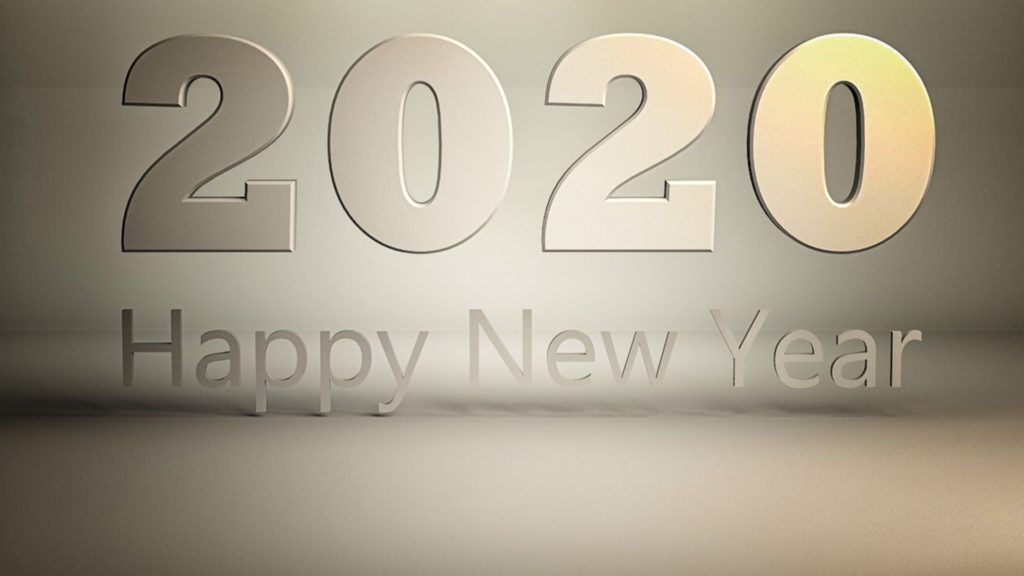
The end of the year is a natural time for reflection: what went well, what didn’t—and why. At the last swim meet I attended, I had a great conversation with a fellow swimmer about Ironman training. He thinks of it as, essentially, problem-solving. You try something, and maybe it doesn’t work—and you end up bonking on a ride or pulling a muscle. And you realize, okay, that is not the way to solve this problem. So you try something else.
For me, 2019 was a year of three steps forward, five steps back, but somehow I managed to accomplish the things I’d hoped—the main one being to complete my first Ironman. It didn’t turn out quite the way I had envisioned, but I think Ironman is like that. It’s never the way you envision. On race day, there are so many variables that are out of your control, you never know what will happen.
Training is another matter. It’s something that is, for the most part, within your control. But it’s tricky: what works for one person doesn’t necessarily work for someone else. That’s where the problem-solving analogy comes in.
I didn’t do many races in 2019. My year was focused on the Ironman, and while many people do a 70.3 to warm up, I’d already been battling a serious injury and didn’t want to jeopardize my slow recovery. So my only warm-up was the Sasamat Canada Day swim, which turned out to be a good confidence-builder. Post-Ironman, there was a 10k race that I was quite pleased with, but it ended up exacerbating a piriformis problem I shouldn’t have had in the first place. Post-Ironman rest—actual rest, not pretend rest—is something I will be doing differently in 2020.
In fact, not enough rest was one of the main things I did wrong last year. I’ve always taken one day off a week, but last year I definitely did not take enough down weeks (okay, I hardly took any). I paid the price in injury. The formula I’ve been advised to follow is three weeks hard, one week easy. I haven’t made many New Year’s resolutions, but this will be one of them.
My biggest challenge last year was my Achilles injury, which happened as a direct result of running my long runs too fast. I’d like to say I didn’t know better, but I’d been to a talk with Altra Running founder Golden Harper the previous fall. He explained the science behind long slow distance, and I decided to ignore him.
But injury is a good teacher. I have now slowed way down and have actually stopped a run early on several occasions when my body was sending messages that something didn’t feel right. Anyone interested in the concept of slower training should have a look at this TEDx talk by Dr. Stephen Seiler.
2019 also had a lot of bright spots, one of which was an evening I attended with pro-triathlete Rachel McBride. Among the many useful things she talked about, one in particular stuck with me: do the races you’ve always wanted to do now, because who knows how long you’ll have the opportunity? It inspired me to join a masters swim team and to sign up for the BMO marathon in Vancouver. I’m hoping the marathon is not a terrible idea. The plan is to run it as training for the Ironman and to stay injury-free during my training. We’ll see how that goes.
Over the next few days I’ll be sitting down with my giant calendar and figuring out my 2020 training plan (in pencil). There are a few more swim meets on the horizon, and the marathon is in May. I’ll do the 4k Canada Day swim again next summer at Sasamat. Ironman happens at the end of August, in Penticton. And then—rest.
Happy holidays, everyone. If you have training resolutions or lessons learned that you feel like sharing, please leave me a comment—I’d love to hear about them.
Leave a Reply